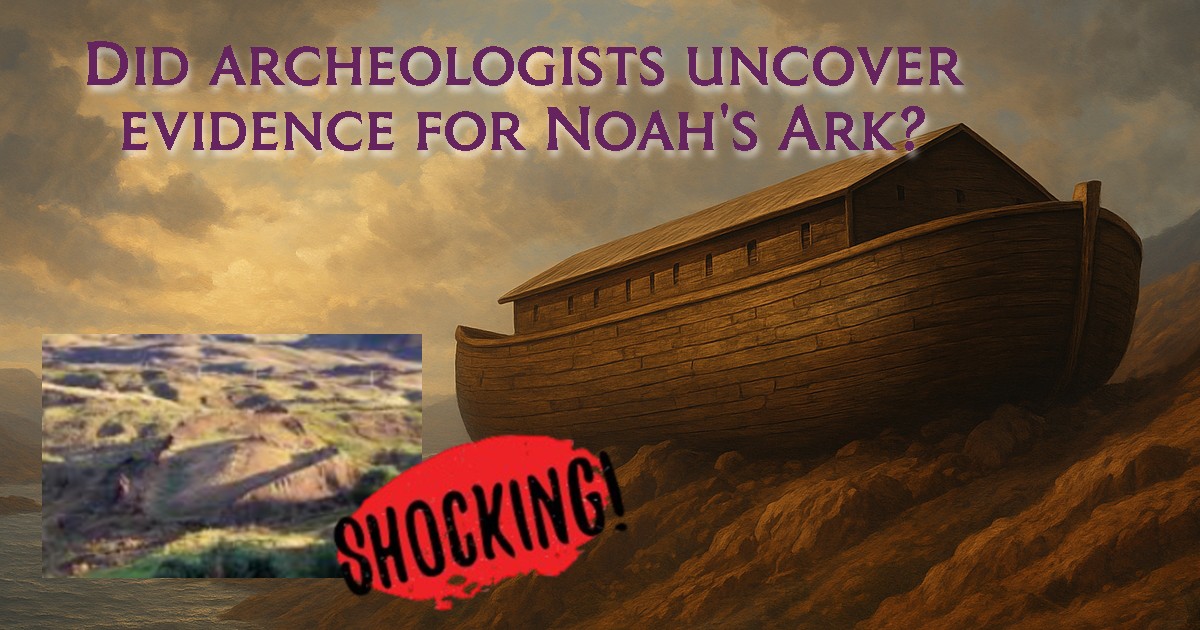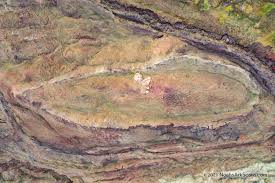
In 2021, headlines buzzed with excitement:
“Archaeologists claim to have found the true location of Noah’s Ark!”
Using 3D scans at a site in eastern Turkey, researchers from the Noah’s Ark Scans Project reported the presence of underground structures that appeared to match the biblical description of the Ark in Genesis — roughly 150 meters (or 300 cubits) in length.
Researcher Andrew Jones and Turkish geophysicist Dr. Fethi Ahmet Yüksel suggested that the formation — located at the Durupınar site near Mount Tendürek — may be man-made, pointing to unusual angles and lines below the surface.
But this isn’t the first time such a claim has been made. In fact, the search for Noah’s Ark is littered with dramatic declarations, grand expeditions, and ongoing controversy — often involving individuals with questionable credentials and dubious evidence.
Let’s take a closer look at the history of Noah’s Ark discovery claims, and why the scientific community remains unconvinced.
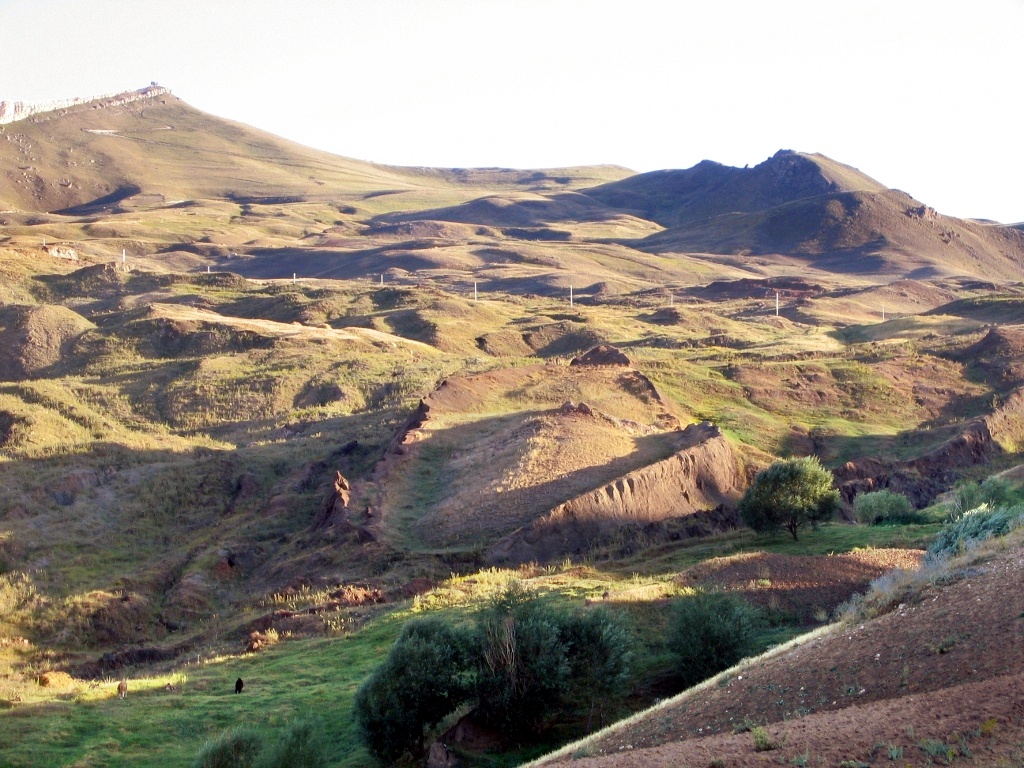
A Brief Overview of Noah’s Ark in the Bible
According to the Book of Genesis, Noah’s Ark was a massive wooden vessel built by Noah to preserve his family and pairs of every animal species from a divine flood. The Ark was said to have come to rest on the “mountains of Ararat” after the waters receded.
This reference has led many Ark hunters to focus their searches on eastern Turkey, especially around Mount Ararat and the Durupınar region.
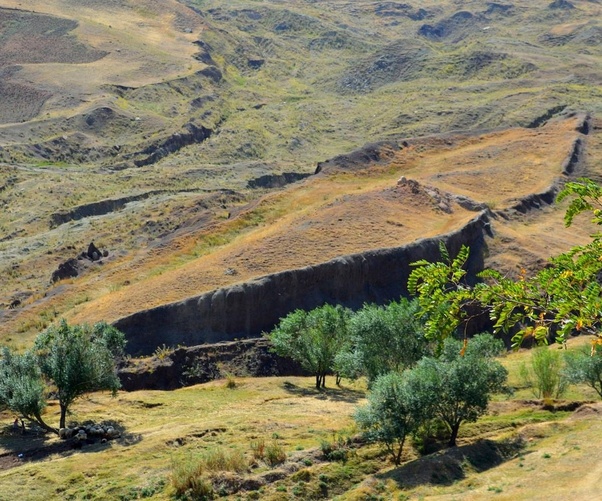
The Ark Discovery Claims Timeline
1959 – The Durupınar Formation Is Identified
Turkish army captain İlhan Durupınar spots a boat-shaped formation in aerial photographs near Mount Tendürek. At 150 meters long, it closely matches the biblical Ark’s dimensions. This site becomes ground zero for Ark enthusiasts.
However, geologists who later studied the formation determined it was a natural geologic structure caused by mudflows and erosion.
1977–1999 – Ron Wyatt’s Ark Claims and Expeditions
Perhaps the most well-known Ark hunter in modern times, Ron Wyatt, a former nurse anesthetist with no formal training in archaeology or geology, claimed not only to have found Noah’s Ark, but also:
- The location of Mount Sinai
- The Ark of the Covenant
- The site of the Red Sea crossing
- Even the blood of Jesus, which he claimed was still physically preserved
Wyatt declared that he and his team had located petrified wooden beams, metal fittings, and fossilized animal waste at the Durupınar site. His organization, Wyatt Archaeological Research, promoted these claims widely among Christian audiences.
But was it credible?
- Ron Wyatt had no academic credentials in archaeology, geology, or ancient history.
- He never published peer-reviewed research, and his findings were not independently verified by any reputable scientific institutions.
- Experts who visited the site — including scientists from the Turkish government and US geologists — concluded the formation was a natural geologic feature, not a man-made structure.
Despite this, Wyatt remains a hero to some creationist groups who see him as a David against the Goliath of academic science.
2006 – A New Expedition, Similar Claims
A team led by Dr. Ahmet Ali Arslan, a Turkish-American professor, conducted their own studies at the Durupınar site. They too claimed evidence for the Ark’s presence — including radar scans showing internal compartments.
Again, their work was not peer-reviewed or accepted by the scientific mainstream, and many of their methods and conclusions were questioned.
2010 – Chinese Evangelical Team Claims Ark Discovery
A group of Chinese evangelical Christians from the Noah’s Ark Ministries International claimed to have entered a structure with wooden beams buried under ice on Mount Ararat.
Photos were released, and they said carbon dating confirmed the wood was ancient.
However, Turkish officials later debunked the claim, and some local Kurdish workers stated they had helped the group build the structure for the staged photos.
2021 – The Latest 3D Scan Claims
Enter the Noah’s Ark Scans Project, the most recent group to revive interest in the Durupınar site using ground-penetrating radar. While the team claims to have found structural anomalies consistent with a large vessel, no physical artifacts have been recovered, no peer-reviewed studies have been published, and geologists still insist it’s just rock.
No Ark, No Global Flood
Despite the enduring public fascination, scientific disciplines — including geology, archaeology, paleontology, and biology — converge on several consistent points:
- There is no evidence for a global flood in the geological record. There are no global sediment layers, extinction events, or fossils supporting a worldwide deluge in the timeframe the Bible suggests.
- The logistics of the Ark story are unworkable: housing millions of species, feeding them, maintaining biodiversity, and repopulating Earth — all from a single wooden boat — is biologically implausible.
- The Durupınar formation is natural, according to decades of geological studies. Parallel lines and angles occur naturally in rock due to folding, jointing, and erosion.
- Many “discoveries” are based on confirmation bias, not verifiable evidence. They often involve researchers with religious motives, limited scientific background, and a lack of peer review.
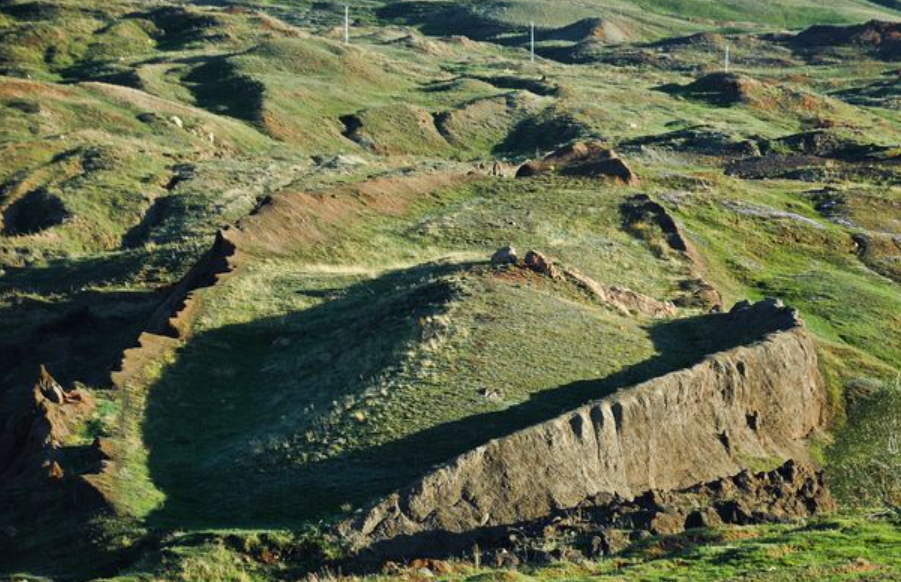
The Natural Geology Behind Noah’s Ark Myths
The rugged terrain surrounding Mount Ararat in eastern Turkey is not only dramatic — it’s geologically fascinating. This region lies at the intersection of the Eurasian and Arabian tectonic plates, making it one of the most geologically active zones in the world. Over millions of years, this tectonic activity has given rise to a complex landscape shaped by folding, faulting, volcanism, and erosion. As a result, the area is filled with natural formations that can easily appear artificial to the untrained eye — including boat-shaped depressions and linear features that have fueled Noah’s Ark speculation for decades.
One of the most talked-about formations is located at Durupınar, a site near Mount Tendürek that some claim resembles the shape of a large ship. But to geologists, this feature is a textbook example of a syncline — a U-shaped fold in sedimentary rock layers that forms when earth materials bend downward under pressure. The parallel ridges within the shape, often claimed to resemble the ribs of a ship, are actually the result of differential erosion along bedding planes. Soft rock layers erode faster than harder ones, creating the illusion of evenly spaced beams.
The volcanic nature of the area also plays a major role. Mount Ararat and Mount Tendürek are both stratovolcanoes composed of layers of hardened lava, volcanic ash, and rock fragments. As these materials break down over time, they can form blocky, wood-like structures and strange mineral concretions — such as iron oxide nodules — that are sometimes misidentified as man-made fasteners. Combined with jointing and fracturing from seismic activity, the region naturally produces angles, patterns, and features that can seem uncannily deliberate.
In reality, these features are common across eastern Turkey and other tectonically and volcanically active regions around the world. What makes Durupınar unique isn’t its geology — it’s the narrative we apply to it. Understanding the science behind these natural formations provides a grounded perspective and a deeper appreciation for the dynamic processes that shape our planet.
Faith vs. Facts
Noah’s Ark is a powerful story — echoed in many ancient flood myths across cultures, from the Epic of Gilgamesh to Hindu and Native American traditions. Its cultural and theological importance is undeniable.
But despite more than a century of intense searching, no credible, physical evidence for the Ark has ever been found.
Whether driven by sincere belief or wishful thinking, the Ark discovery claims — including those by Ron Wyatt and others — have consistently failed to meet the standards of scientific rigor and verification.
References
“The Impossible Voyage of Noah’s Ark”
https://ncse.ngo/impossible-voyage-noahs-ark
“Bogus ‘Noah’s Ark’ from Turkey Exposed as a Common Geologic Structure”
https://www.csun.edu/~vcgeo005/bogus.html
“The Pseudoarchaeology of Noah’s Ark”
https://ahotcupofjoe.net/2020/12/the-pseudoarchaeology-of-noahs-ark/
“Are Noah’s Ark and Flood Literal Scientific Facts?”
https://www.sciencemeetsreligion.org/2022/11/are-noahs-ark-and-flood-literal-scientific-facts
“False: Noah’s Ark has been found on Mount Ararat”
https://www.logicallyfacts.com/en/fact-check/false-noah-s-ark-has-been-found-on-mount-arara

